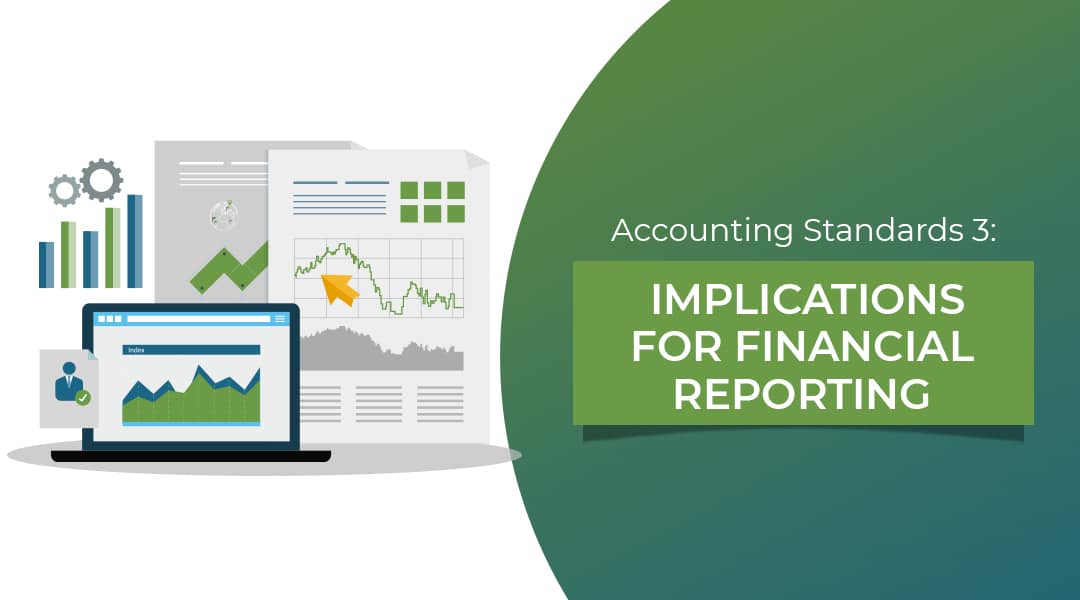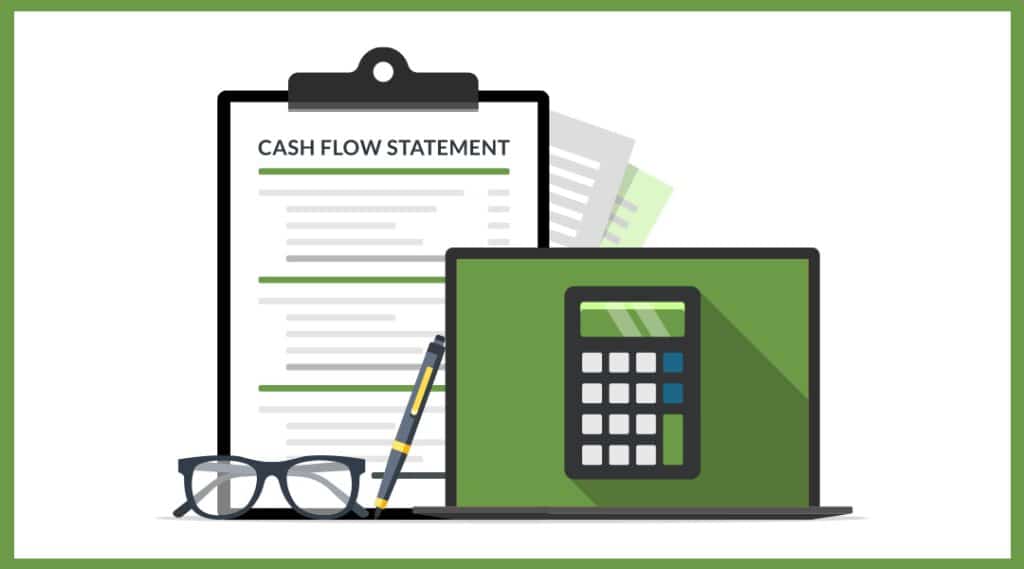Performance evaluation of a business entity is vital, especially if it’s a public limited company. This is not just to help investors and shareholders, but to prevent financial scams that may affect the economy in a big way. Accounting Standards (AS) provide clear guidelines for producing financial reports that form the basis of evaluating a company. Complying with the Indian Accounting Standards (Ind AS) is mandatory if the net worth of your business in India is not less than Rs. 500 Cr.
There are many parameters for judging a company, such as its footing, fundamentals, overall influence, and more. The present financial conditions may or may not be the correct indicator of its stock price 2 years later. Accounting standards help make standardized reports on all aspects of a company’s financial health, such as revenue, expenses, non-cash expenses, assets and liabilities, and equity, which present accurate financial insights for banks, investors, and credit rating agencies.
How maintaining standardized financial reports helps a company
Financial experts evaluate a company with the help of accurate financial reports in the following four areas:
- Assets
- Liabilities
- Equity, and
- Profit
Standardized financial reports indicate that the financial statements are reliable and provide a truthful and fair picture of the company’s financial condition and results. It decreases the risk of errors, fraud, misstatements, and lawsuits while also improving the business’s credibility and image. It also assists businesses in complying with tax laws, regulatory regulations, and contractual commitments while avoiding penalties and fines. Standardized financial reports also help in easy and quick comparisons of financial statements between two or more companies to make informed decisions.
What are the essential components of a financial report?
As per the Company Act 2013, a company’s financial report must include the following statements:
- Balance sheet
- Profit and loss account
- Cash flow statement
- Statement of changes in equity
- Explanatory notes
It shows that the cash flow statement must be prepared by all companies. However, the act also exempts certain categories of companies from preparing this statement compulsorily. A One Person Company (OPC), a Small Company, and a Dormant Company fall into this category. Accounting Standard 3 specifies the rules and guidelines for preparing the cash flow statement.
What is Accounting Standard 3?
Accounting Standard 3, or AS 3, denotes the guidelines for making the cash flow statements of a company, which is an important document that provides a wide-angle view of a company’s operational, financial, and investing activities.
The cash flow statements under Accounting Standard 3 provide the inflow and outflow figures of cash and cash equivalents in the assessment year and how the enterprise utilized the cash inflows and outflows.
The economic decisions made by users and analysts necessitate the correct assessment of an enterprise’s potential to generate cash and cash equivalents, the approximate time it will take, and the probability of generation.
The AS 3 addresses this need by structuring the cash flow statements of an enterprise that capture the historical changes in cash and cash equivalents from operating, investing, and financing activities over a period. This helps users quickly understand how much money was generated from and reused in business operations, how much of the balance was spent on investments, and how much money came through financing (and where it came from).
Definitions of cash and cash equivalents
Cash refers to cash in hand, cash at the bank, and demand deposits with banks.
Demand deposits are those deposits that can be withdrawn without prior notification and penalties. Long-term deposits are often held in banks for a certain amount of time and cannot be withdrawn without penalty: hence, they are not considered cash.
Cash equivalents: An asset can be considered a cash equivalent if it is a short-term investment readily convertible into cash or can be converted into cash promptly against low charges.
The impact of cash flow statement in managing a business
The cash flow statement is a crucial report that helps the CEO and experts feel the pulse of a business. It records all payments and spending, which tells you how the cash flow was managed through monitoring, evaluating, and optimizing the cash inflow minus cash outflow for the assessment period. Cash outflow refers to your business liabilities.
As long as the payments coming into your business can meet the expenditure and still leave you with some savings, your business is in good shape. If the payments coming in is barely enough to meet your debts and doesn’t leave any room for savings, your business is not expanding. And, if the payments coming in fall short of meeting your debts, your business is in trouble.
Efficient cash flow handling can help a budding business scale new heights, but at the same time, a badly managed cash flow can bleed a large conglomerate to a slow death.
A cash flow statement is an important tool for management as it helps in long-term budgeting and prioritizing critical activities. By recording all payment inflows and outflows it creates a realistic platform for a company to move towards achieving its long-term goals.
What are the different types of cash flow?
A company’s cash flow statement contains three categories of cash flows that are used to determine its liquidity and solvency conditions.
- Operating Cash Flow
Accounts receivable and payable, inventories, wages payable, and income taxes payable all contribute to operating cash flow. Operating cash flow focuses on the company’s primary activities, such as selling or purchasing goods and services.
- Investing Cash Flow
Investing cash flow includes information regarding the business’s purchase or sale of long-term investments such as real estate, buildings, automobiles, furnishings, and equipment. The investment activities section includes further information about a company’s assets.
- Financing Cash Flow.
This section describes all cash transactions from long-term liabilities and stockholder equity accounts, such as notes payable, retained earnings, and dividend payments. The Financing Cash Flow Activities section displays the company’s net cash flow, which includes stock purchases and debt financing.
Methods for operating cash flow reports
A company must follow the following two methods to prepare its operating cash flow statement:
- Direct method : This shows all major classes of cash receipts and payments in the assessment year.
- Indirect method : In this method, the net income is adjusted for:
- Non-cash expenses like depreciation, deferred taxes, provisions, etc.
- Operating cash proceeds or payments accrued or deferred in the past or future
- Income associated with financing or investing cash flows
The information required to create the Statement of Cash Flows using the indirect method is taken from three sources:
- Two years of comparative balance sheets
- The current income statement
- The general ledger.
Cash flow records from investing and financing activities
The cash flow statement must individually record every major class of cash receipts and cash payments resulting from financing and investment activities, except for those that must be reported on a net basis.
A general cash flow statement example:
Cash Flow Statement of M/s ABC Ltd.
For FY 23-24 ended 31.03.24.
| CASH FLOW FROM OPERATIONS | INR |
| Net Earning | 2,000,000 |
| OTHER THAN CASH | |
| Depreciations | 10,000 |
| Decrease in Accounts Receivable | 15,000 |
| Increase in Accounts Payable | 15,000 |
| Increase in Taxes Payable | 2,000 |
| SUBTRACTIONS FROM CASH | |
| Increase in Inventory | 30,000 |
| Net Cash from Operations | 2,012,000 |
| CASH FLOW FROM INVESTING | |
| Equipment | 500,000 |
| CASH FLOW FROM FINANCING | |
| Notes Payable | 10,000 |
| CASH FLOW FOR FY ENDED 31.03.24 | 1,522,000 |




